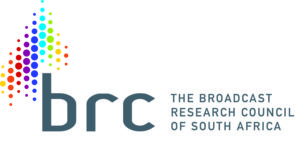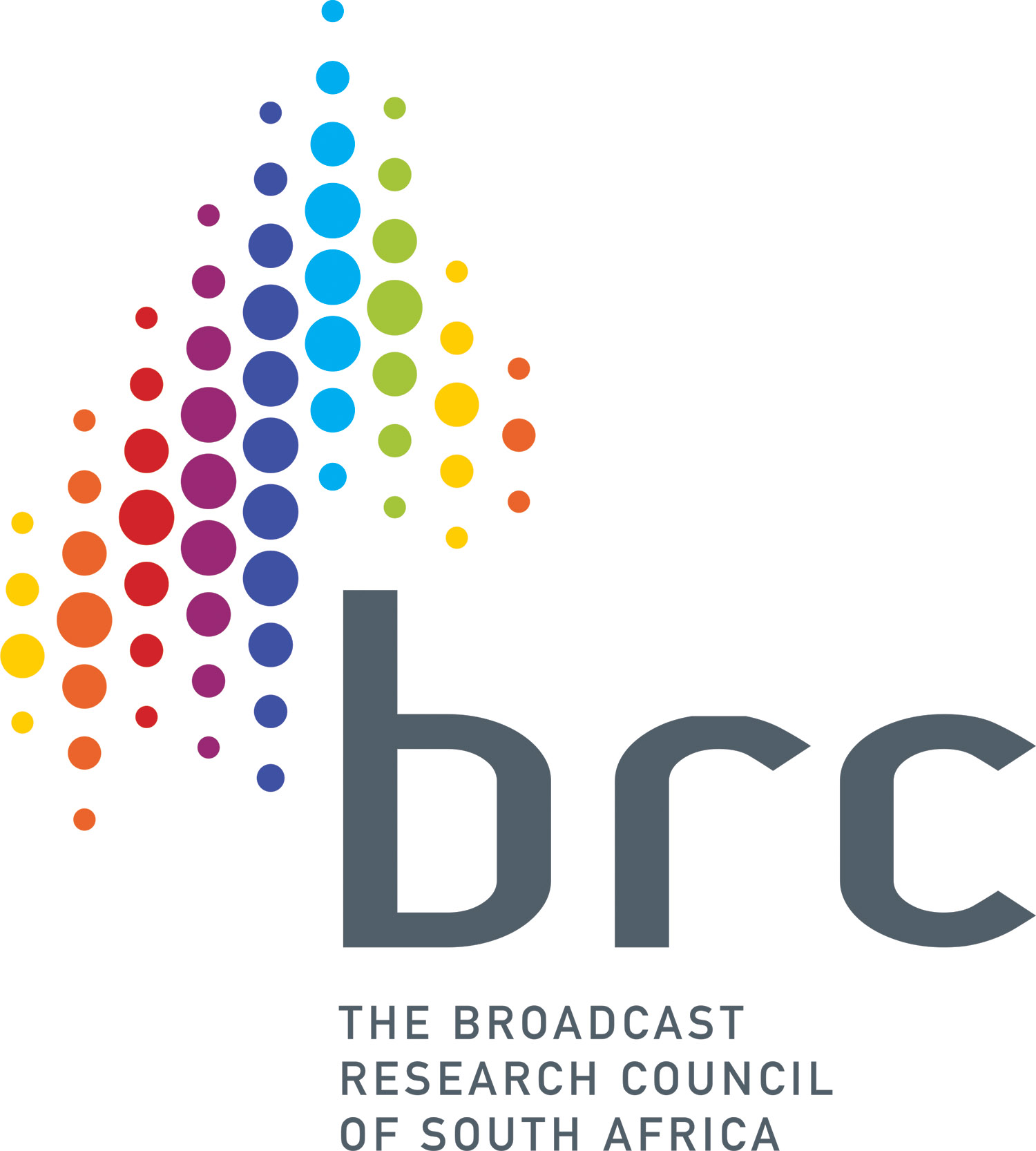
In the beginning of 2021, The Broadcast Research Council of South Africa (BRC) announced its intention to commission a more comprehensive TAMS (TV Audience Measurement Survey) audit due to rapid changes in the video viewing landscape, a rise in zero ratings, loadshedding and greater challenges faced by technicians servicing the TAMS panel due to COVID-19. While the audit is currently being conducted, the first interim report has already been received.
 “While we will not be sharing the minutiae of the interim reports, we will rather make the broader analysis of further interim reports available, covering separate areas, as we receive them,” says BRC’s CEO, Gary Whitaker. “The consolidated final TAMS audit report will be accessible to the industry towards the beginning of October 2021.”
“While we will not be sharing the minutiae of the interim reports, we will rather make the broader analysis of further interim reports available, covering separate areas, as we receive them,” says BRC’s CEO, Gary Whitaker. “The consolidated final TAMS audit report will be accessible to the industry towards the beginning of October 2021.”
The TAMS panel itself has been placed in the spotlight recently, particularly as there has been limited panel management over the past 12 months due to the COVID-19 pandemic and restrictions surrounding the various Lockdown levels.
While the full audit is still being conducted, the current interim report covers, firstly, environmental review, a qualitative survey of factors including power supply, viewing on other platforms and devices and secondly, a deep analysis of the market landscape and its changes from recent years.
The interim report shows that there are multiple drivers impacting measured viewing performance with four main areas contributing overall. These are:
- Changes in the structure of TV households. As the market moves more to digital services like DStv, OpenView, DTT (Digital Terrestrial Television) etc, the choice of channels increase to the consumer. This means less time spent watching the larger Free to Air (FTA) channels, resulting in more fragmented audiences. The decline in analogue homes has accelerated in the past couple of months and will continue as the government rolls out their plans to switch off analogue altogether.
- Performance within platform and a channel’s ability to maintain or grow share of broadcast TV within a platform. For instance, SABC has seen a decline in performance across all platforms. As the structure of the market has changed the make-up of FTA channel viewing has evolved. Analogue only homes made up two thirds of SABC average monthly audiences in 2019. By May 2021 the platform contribution of analogue only dropped to 52%, with DStv, OpenView and DTT contributing more.
- The share of broadcast TV as a proportion of total measured TV. There are strong indications that analogue and DTT homes are supplementing their viewing with non-broadcast content as more streaming media channels become available to South Africans. The stay-at-home lockdown that the country has been under over the past 18 months has accelerated this trend as families seek more home entertainment.
- The impact of Loadshedding/load reduction is more unpredictable and can result in significant declines in overall viewing in the short term. While the other factors investigated are more gradual and can be considered in planning, loadshedding and load reduction cannot be predicted – particularly weeks or months in advance. The impact on reporting samples is greater than the impact on ratings although the weighting process makes some corrections for the lower samples.
According to the report, all these factors can and do impact performance and reporting samples and increase the likelihood of zero-rated spots. As we know, loadshedding is the most unpredictable and most severe of these factors.
In the meantime, certain recommendations have been made based on the current findings.
- Minute-by-minute data. Consideration should be given to moving the currency to minute-by-minute data as opposed to the current second by second data as it will marginally stabilize the data at the most granular spot by spot level, whilst having no impact at a program and channel level.
- Consider the timing and narrative around universe updates. Timing should allow for plans to be adjusted which should encourage planners to confirm their schedules and projections. Possibly more trading target markets should be included in the comparative tables.
- Source data for planning. More recent weeks of source data would be the best source for planning as opposed to the same time a year ago.
- Analogue Switch off. For Free to Air (FTA) channels, the impact of the analogue switchover should be factored in. This is more relevant for middle to lower income target markets.
- Loadshedding. While loadshedding cannot be planned, from a post campaign perspective the performance should also be run using “loadshedding No” included in the target market definition for a particular day. This will give the performance against the fully available target market. However, the software systems do not currently support PCAs over multiple days being run in this manner.
“The BRC is and will always strive to ensure that all of our data is correct, in good health, reflective of the situation and representative of the universe,” concludes Whitaker.
For more information on the BRC visit https://brcsa.org.za/
- Provantage and T+W Launch Ant Lion –A Full Service Digital Content Agency - 11th April 2024
- Tomorrow’s Commerce 2024 Report - 1st April 2024
- MRF’s latest MAPS consumer behaviour data is available - 19th March 2024






